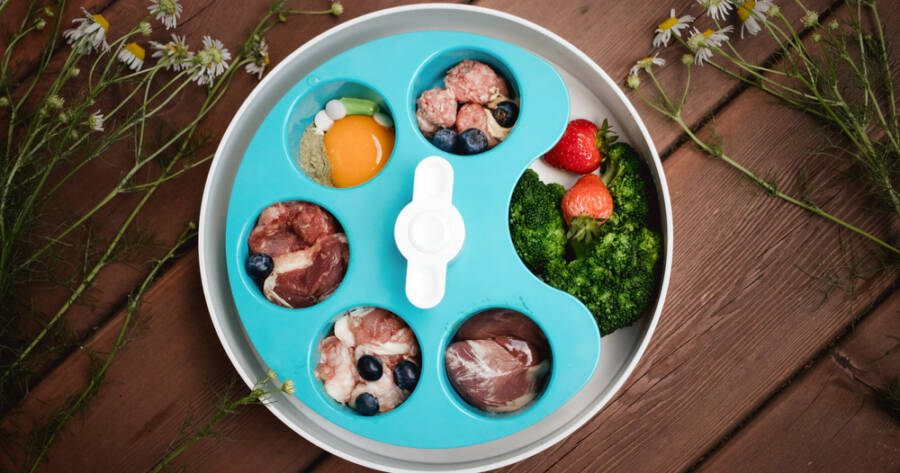Many pet owners are turning to raw diets as a way to provide their dogs and cats with more natural nutrition. Supporters believe raw feeding mimics what animals would eat in the wild, leading to better health and fewer allergies. However, veterinarians and pet nutritionists warn that raw diets may come with risks. Understanding the benefits and drawbacks can help you decide if a raw diet is right for your pet.
Potential Health Benefits of Raw Diets
Supporters of raw diets claim that feeding uncooked meat, bones, and organs provides pets with more energy, healthier coats, and improved digestion. Many owners report that their pets have shinier fur, healthier skin, and stronger teeth when eating a raw diet. Some also say their pets experience fewer allergies, especially those linked to grains found in traditional kibble.
Another advantage is that raw food does not contain artificial preservatives or fillers, which can sometimes cause digestive upset. Since raw diets are often high in protein and low in carbohydrates, they may help pets maintain a healthy weight and build strong muscles. For owners looking for a more natural approach to feeding, raw diets can be appealing.
Risks and Challenges of Feeding Raw
Despite the benefits, raw diets also come with risks. One of the main concerns is the potential for bacterial contamination. Raw meat can carry harmful bacteria such as Salmonella and E. coli, which can make both pets and humans sick. Handling raw food requires careful cleaning and proper storage to reduce the risk of illness.
Another challenge is ensuring that pets receive balanced nutrition. While raw diets may provide protein and fats, they can lack essential vitamins and minerals. Pets need the right combination of nutrients to stay healthy, and without careful planning, raw diets can lead to deficiencies. Some veterinarians recommend adding supplements or consulting a pet nutritionist to make sure pets get everything they need.
Cost and Convenience of Raw Diets
Feeding a raw diet can be more expensive and time-consuming than traditional pet food. Buying high-quality raw meat, bones, and organs often costs more than commercial kibble or canned food. Many pet owners also choose to purchase pre-made raw diets, which can be pricey but offer a balanced meal plan.
Preparing raw meals at home requires effort. Meat needs to be properly stored and portioned, and meals must be planned in advance. For busy pet owners, the extra time required for handling and preparing raw food can be a challenge. Unlike kibble, which is easy to store and serve, raw food has a shorter shelf life and requires refrigeration or freezing.
Understanding Your Pet’s Needs
Every pet is different, and what works for one animal may not work for another. Some dogs and cats thrive on raw diets, while others may struggle with digestion or develop nutrient deficiencies. Age, breed, and health conditions all play a role in determining whether a raw diet is appropriate.
Before making a change, it’s important to consult with a veterinarian. They can help you evaluate the risks and benefits based on your pet’s individual needs. If you do choose a raw diet, regular check-ups and blood tests can help ensure your pet is getting the right balance of nutrients.
Finding the Right Balance for Your Pet
Raw diets offer potential benefits but also come with challenges. While some pets may experience better digestion and shinier coats, the risks of bacterial contamination and nutrient imbalances should not be ignored. For those interested in raw feeding, careful study and veterinary guidance are essential.
If you’re unsure about switching completely, a partial raw diet or high-quality commercial food with natural ingredients may be a good compromise. The most important thing is finding a diet that keeps your pet healthy, happy, and thriving.

